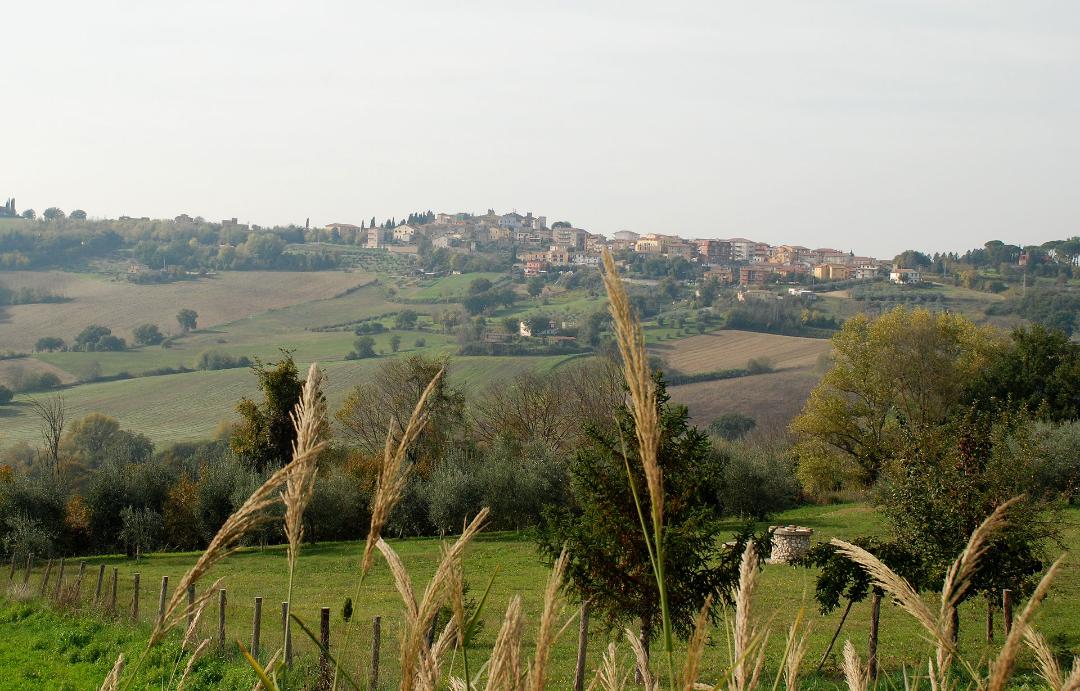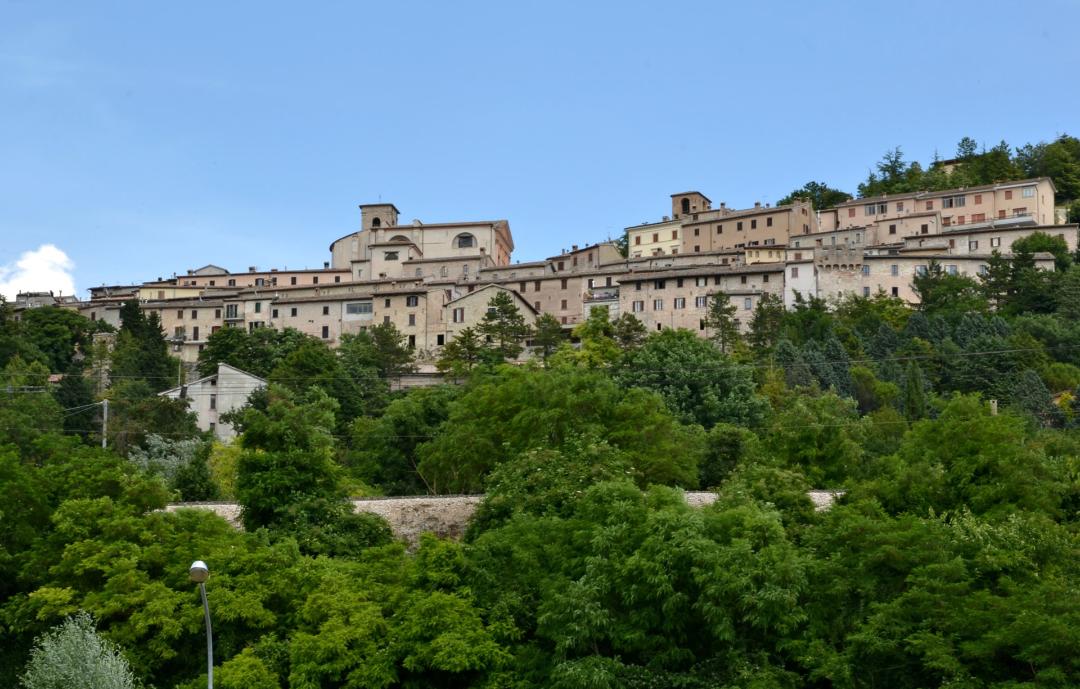In the distant year 220 BC, the Roman consul Caius Flaminius Nepotus ordered the construction of a road which would connect Rome with northern Italy. Today, we know this road as the Flaminian Way.
Since that time, the road became fundamental in the Romanisation of ancient Umbria, and was used also for other purposes, such as journeys and pilgrimages to and from Latium.
The road entered Umbrian territory in Ocriculum, today's Otricoli, and then started again from the Latin colony of Narnia (Narni), passing over the Bridge of Augustus.
Here it branched off in two directions. These two branche also met different necessities: the western and older one was used for military manoeuvers and went through Mevania (Bevagna); the other, to the east and dedicated to ordinary movement, went towards Spoleto.
The road then came together again in San Giovanni Profiamma, the site of the Roman Forum Flaminii, and from there continued towards Nuceria Cemellaria (today's Nocera Umbra), Tadinum (Gualdo Tadino), Fossato di Vico and, finally, climbed up towards the region's border at the Scheggia Pass.
Along the way there are many important archaeological settlements, two Latin colonies, and landscapes from another time. It is best to explore the Flaminan Way from north to south, in two distinct circuits.
There is also a variant of the itinerary that goes from Otricoli to Narni, then up to Terni and on to Spoleto, from where one crosses the Roman Way and reaches Carsulae, and from there returns to the starting point.
The second alternative starts from Scheggia, continues to Trevi and Spoleto, passes by Macerino and Portaria and then arrives in Carsulae, and from there to Bevagna and Foligno. nbsp




































